Spice Up Your Greens: Exploring the Flavorful World of Ethiopian Collard Greens Recipe
If you're ready to add a bold, earthy twist to your vegetable game, it's time to dive into the vibrant and aromatic world of Ethiopian collard greens recipes. Known locally as 'gomen wat' or 'shiro gomen,' this dish is a staple in Ethiopian cuisine and offers a unique blend of spices that will awaken your taste buds. Whether you’re a seasoned foodie or just beginning to explore global flavors, this guide will walk you through everything you need to know about preparing, seasoning, and enjoying Ethiopian-style collard greens.
Table of Contents
- What Are Collard Greens?
- Why Spices Matter in Ethiopian Cooking
- Classic Ethiopian Collard Greens Recipe
- Variations & Tips for Customizing Your Gomen Wat
- Serving Suggestions: How to Enjoy with Injera
- Buying Guide: What to Look for When Purchasing Ingredients
- Pro Tips for Perfectly Cooked Gomen Wat Every Time
- The Spice Profile Breakdown: What Each Ingredient Adds
- Cultural Insight: Why Gomen Wat Is a Beloved Dish
- Conclusion
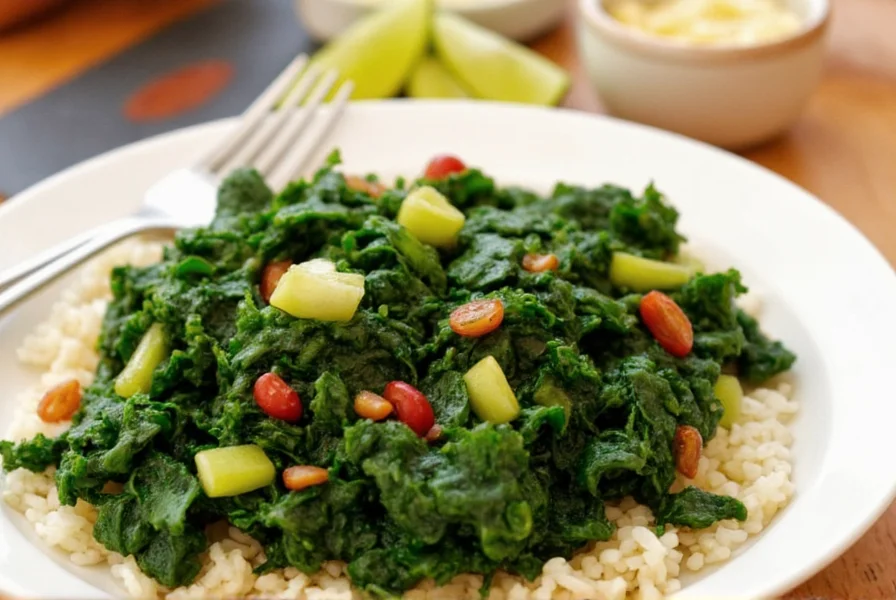
What Are Collard Greens?
Collard greens are leafy green vegetables related to cabbage, kale, and mustard greens. They have thick, dark green leaves and a slightly bitter flavor when raw. But when cooked low and slow—especially with the right spices—they transform into tender, rich, and deeply satisfying dishes.
In many African American and Southern cuisines, collards are a soul food staple, often stewed with pork. But in Ethiopia, they’re treated quite differently, showcasing how versatile these greens truly are.

Why Spices Matter in Ethiopian Cooking
Ethiopian cuisine is a masterclass in layering flavors using spice blends like berbere and niter kibbeh (spiced clarified butter). These ingredients aren’t just about heat—they bring depth, aroma, and cultural significance to every dish.
| Spice | Flavor Profile | Use in Gomen Wat |
|---|---|---|
| Berbere | Smoky, spicy, sweet, and earthy | Adds complexity and warmth |
| Niter Kibbeh | Fragrant with garlic, ginger, and herbs | Serves as a base fat for sautéing |
| Paprika | Mild, sweet, colorful | Used for color and balance |
Classic Ethiopian Collard Greens Recipe
This traditional recipe for Ethiopian collard greens highlights simplicity, patience, and spice harmony. You’ll find that slow cooking brings out the natural sweetness of the greens and allows the spices to meld beautifully.
Ingredients:
- 1 large bunch collard greens (~1 lb), washed and chopped
- 2 tbsp niter kibbeh or vegetable oil
- 1 medium onion, finely chopped
- 2 cloves garlic, minced
- 1 tsp grated ginger
- 1 tbsp berbere powder
- ½ tsp paprika
- Salt to taste
- ¼ cup water or vegetable broth
Instructions:
- Heat the niter kibbeh in a large pot over medium heat.
- Add onions and sauté until golden and soft (~5 minutes).
- Add garlic and ginger; cook for another minute until fragrant.
- Stir in berbere and paprika. Let toast briefly for about 30 seconds.
- Add the chopped collard greens in batches, stirring well to wilt each batch before adding more.
- Once all greens are added, season with salt and add water or broth to help steam them down.
- Cover and simmer on low heat for 30–40 minutes, stirring occasionally.
- Taste and adjust seasoning. Serve warm with injera or flatbread.
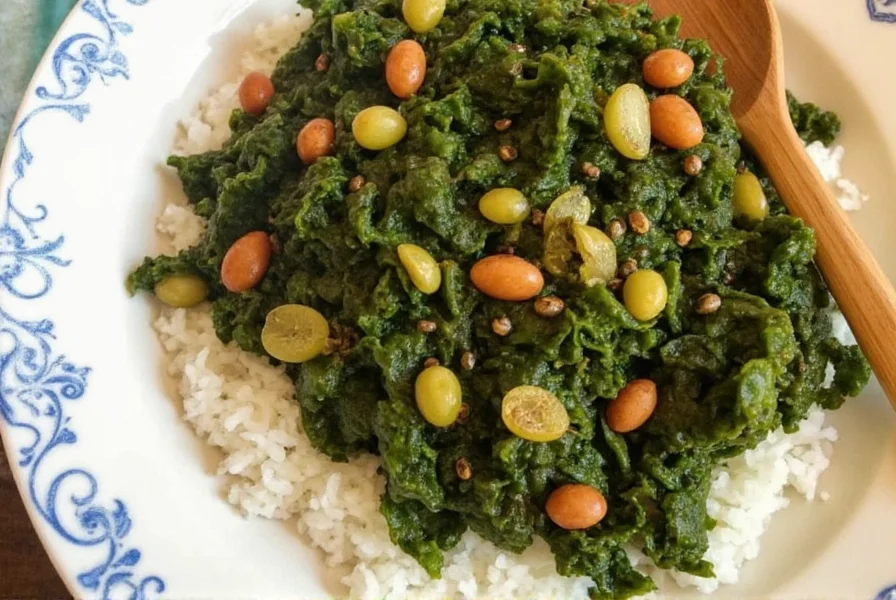
Variations & Tips for Customizing Your Gomen Wat
While the classic version is timeless, there’s plenty of room for creativity. Here are some popular ways to personalize your Ethiopian collard greens:
- Add chickpeas or lentils for extra protein and texture.
- Include diced carrots or potatoes for a heartier dish.
- Substitute kale or mustard greens if collards aren't available.
- Use vegan butter or coconut oil for a dairy-free option.
Serving Suggestions: How to Enjoy with Injera
The ultimate way to enjoy gomen wat is by scooping up generous portions with pieces of injera, the spongy, tangy sourdough flatbread made from teff flour. Injera not only serves as a utensil but also enhances the flavors due to its slight acidity.
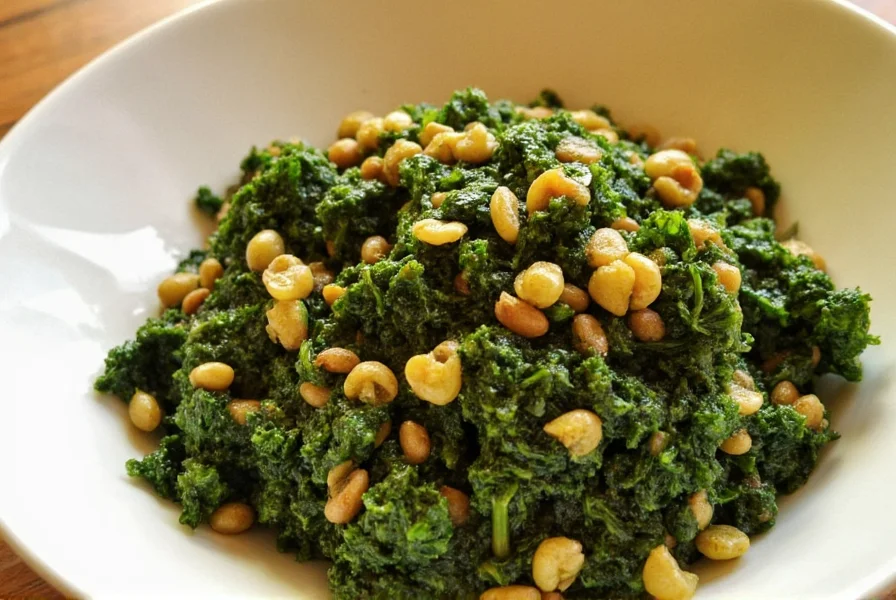
For an authentic meal experience, serve gomen wat alongside other Ethiopian dishes such as shiro wat (chickpea stew), misir wat (spiced lentils), and doro wat (spicy chicken stew).
Buying Guide: What to Look for When Purchasing Ingredients
Whether you're new to Ethiopian cooking or looking to refine your pantry, knowing what to buy—and where—can elevate your culinary journey. Here's a quick buyer’s guide for essential ingredients in making Ethiopian collard greens.
| Ingredient | What to Look For | Recommended Brands | Best For |
|---|---|---|---|
| Berbere Powder | Freshly ground, vibrant red, no clumping | Sheba, Zohara, homemade blends | Spice lovers who want deep flavor |
| Niter Kibbeh | Golden-yellow, fragrant, not rancid | Dakim Ethiopian Spices, homemade preferred | Traditional flavor base in stews and sautés |
| Tej (Honey Wine) | Smooth, semi-sweet, aged | Tej Bet, Habesha Tej | Pairing with meals or deglazing pans |
| Injera Flour | Finely milled, pure teff or a mix with barley | Birdsong Teff, Bob’s Red Mill (teff blend) | Homemade injera preparation |
Pro Tips for Perfectly Cooked Gomen Wat Every Time
To get restaurant-quality results at home, follow these expert-tested tips:
- Don’t rush the onions – caramelizing them slowly builds a sweet foundation.
- Toast your spices carefully – avoid burning them by keeping the heat low after adding berbere.
- Chop the greens finely – finer cuts allow for even cooking and better spice penetration.
- Simmer gently – high heat can make greens tough; use low and slow for tenderness.
The Spice Profile Breakdown: What Each Ingredient Adds
Understanding how each spice contributes to the final dish helps you tweak recipes to suit your palate. Here's a breakdown of key flavor notes:
- Berbere: A complex mix of chili, fenugreek, cardamom, coriander, and cinnamon.
- Ginger: Adds brightness and mild warmth without overpowering.
- Garlic: Earthy, savory, and slightly pungent—perfect for balancing sweetness.
- Paprika: Offers subtle sweetness and visual appeal with its bright red hue.
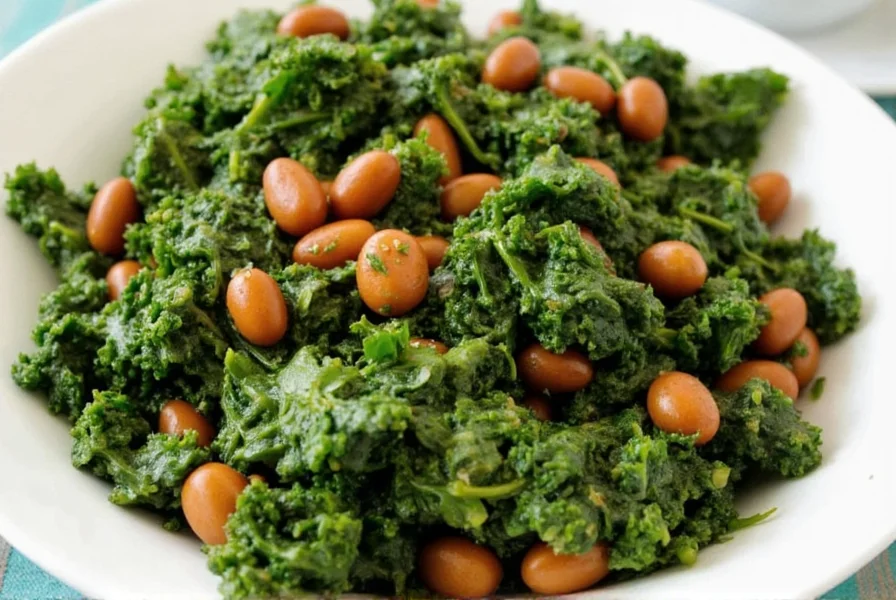
Cultural Insight: Why Gomen Wat Is a Beloved Dish
In Ethiopia, food isn’t just about sustenance—it's a celebration of community, heritage, and tradition. Meals are typically eaten family-style from a shared platter, emphasizing connection and generosity. Gomen wat holds its place proudly among these communal dishes, cherished for its comforting nature and ability to pair harmoniously with various proteins and sides.
It’s common during religious holidays like Easter or fasting periods to see vegetarian versions of this dish taking center stage. Its versatility and nourishing qualities make it ideal for any occasion.
Conclusion
Exploring the Ethiopian collard greens recipe opens a door to one of Africa’s most flavorful and culturally rich cuisines. Whether you're trying to diversify your weekly meals or deepen your appreciation for spice-forward dishes, gomen wat is a must-try.
So grab a bunch of fresh collards, gather your spices, and let the aromas of Ethiopia fill your kitchen. You might just find yourself returning to this dish again and again—not because it's easy, but because it's unforgettable.
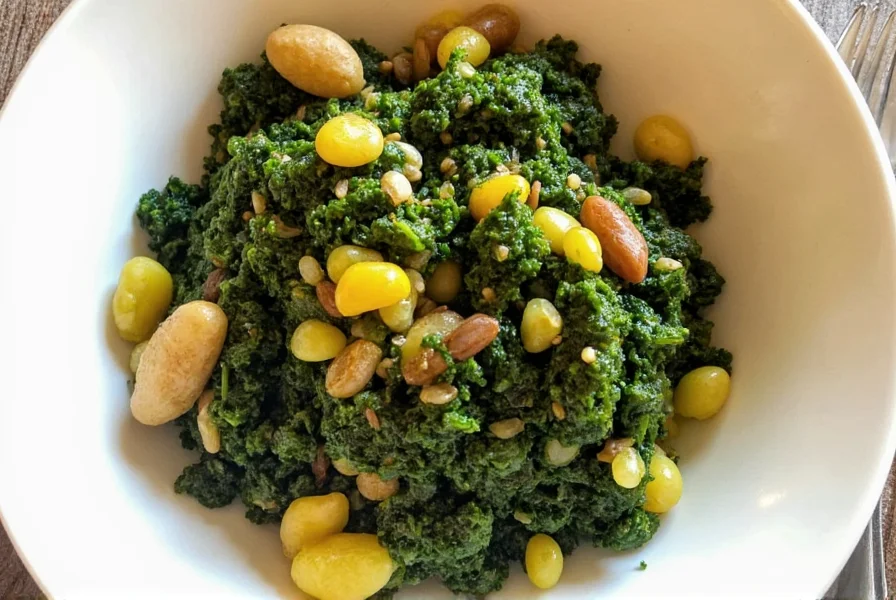

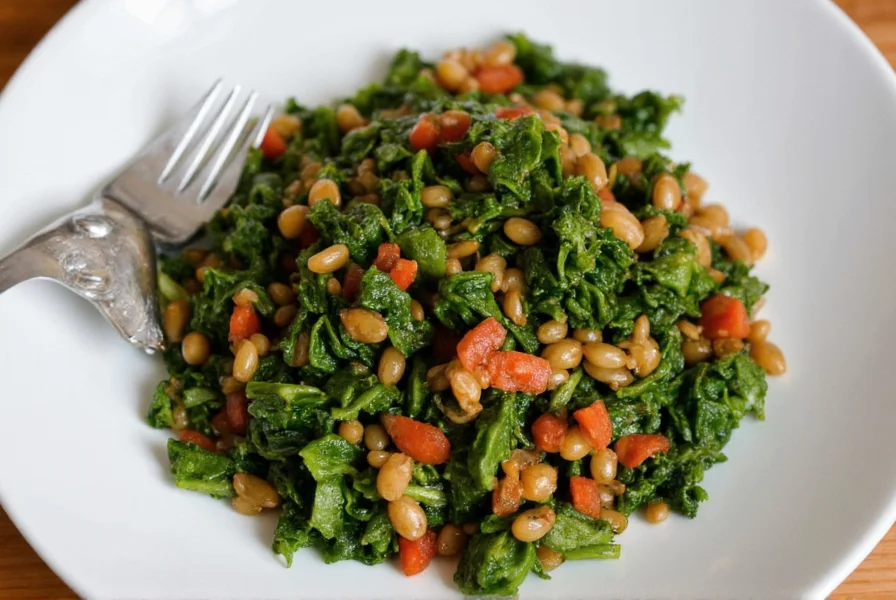









 浙公网安备
33010002000092号
浙公网安备
33010002000092号 浙B2-20120091-4
浙B2-20120091-4